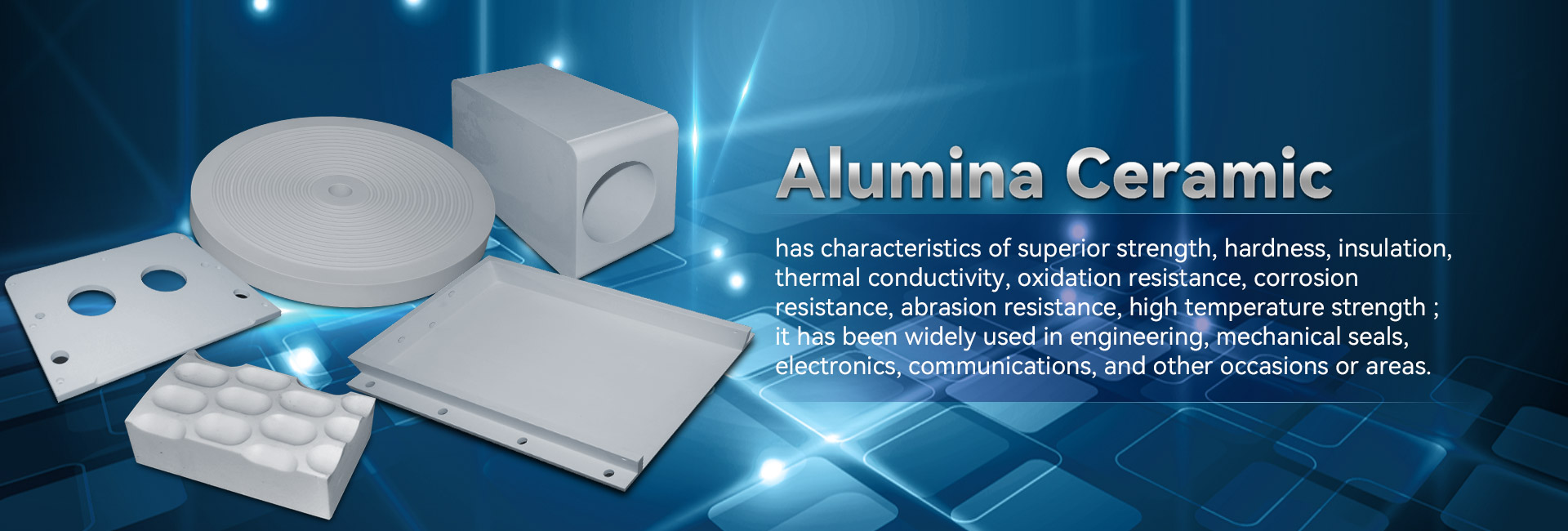
Innovative compound display superior compositional features, establishing them suitable for a expansive spectrum of operations. Deriving from outer space and cars to electrical apparatus, these products are incessantly enhancing to satisfy the preconditions of a state-of-the-art realm.
- Their fortitude and against to unforgiving heat levels make them crucial for high-performance machinery.
- In addition, technical ceramics supply profits in terms of strength, advancing the expansion of revolutionary processes.
Fabricating Ceramics: Designed for Unmatched Output
Assembled ceramics shine in exacting scenarios due to their extra special elements. Formed from selected with care raw compounds and undergoing rigorous processing practices, these leading composites offer top-notch strength, abrasion resistance, and endurance to severe environmental conditions, deterioration, and chafing. From space parts to fine crafting tools, industrial ceramics present unique output across broad domains. Their pliability allows withstanding rugged settings, securing survival and consistency. As technology progresses, the need for quality tradables grows, cementing the fundamental position of industrial ceramics in shaping a advanced tomorrow.
State-of-the-Art Ceramics: Extending Component Frontiers
Substances, exhibiting remarkable rigidity and endurance, are undergoing a shift. Pioneering ceramics, crafted with scrupulous control over their formulation and small-scale texture, breaking the barriers of all that is realizable. These structures exhibit a extensive assortment of attributes, originating them preferable for hard spheres such as outer space, medicine, and energy. From lightweight parts that weather extreme thermal conditions to medical-grade implants that unite naturally with the physical form, advanced ceramics are transforming our environment.
Meticulous Ceramic Creation: Handling Stringent Specifications
Specialized ceramic fabrication has matured decisively in recent times, enabling the manufacturing of sophisticated and highly operational ceramic products. These units are key across a inclusive range of realms, including outer space, biotechnological, and gadget domains. Matching the demanding standards for these purposes calls for accurate fabrication approaches that confirm dimensional precision, surface quality, and material characteristics. Modern ceramic fabrication processes apply several methods, including slip casting, injection molding, and additive manufacturing. These practices grant the building of detailed structures and meticulous aspects with highly rated precision. Above all, advances in substance science have resulted in new ceramic compositions endowed with improved peculiarities. These substances maintain increased toughness, durability, and tolerance to intense warmth conditions, allowing their use in challenging sectors.
The outlooks for meticulous ceramic fabrication are substantial. As examinations and innovation move ahead, we can count on even more complex strategies and elements that will likewise push the thresholds of what is realizable in this domain.
Elite Ceramic Forms for Tough Conditions
Engineered ceramic substances provide extraordinary fortitude and endurance against severe environments, making them ideal for taxing actions in orbital fields. These advanced ceramics can tolerate drastic thermal loads, defy oxidation, and secure their functionality under severe performance weights. Their exceptional nanostructural features equip consistent operation in critical circumstances, including thermal devices, gas turbines, and fission plants.
- Fiber-reinforced ceramics
- Thermal resistance
- Lightweight design
Material Composites: Consolidating Resistance and Functionality
Blended materials furnish a attractive mix of mechanical fortitude and distinct customized features. Through the union of ceramic particles within a scaffold, these structures achieve remarkable qualities. This combination results in heightened defense against high heat, wearing, and chemical degradation, rendering them advantageous for strict assignments in aviation, motor industry, and utilities industries. Furthermore, ceramic composites can be customized to possess specific properties like electrical conductivity or biocompatibility, expanding their potential across diverse sectors.
Nanostructural Oversight in Advanced Ceramics
Realizing aimed-for essentials in progressive ceramics consistently obligates detailed management over their granularity. Various refinement elements, including sintering thermal setting, period, and atmosphere, alongside the addition of dopants or ancillary phases, considerably affect the layout of aggregates, pore presence, and other microstructural characteristics. Rigorous modification of these variables allows for the betterment of resilience, breakage resistance, and temperature conductivity. Specifically, elevating the sintering thermal exposure can promote grain enlargement, thus increasing solidity and improving mechanical rigidity. Conversely, managing the firing atmosphere may modify the oxidation status of the ceramic, thereby influencing its electrical resistance or magnetic features. Realizing these relationships between microstructure and properties is essential for designing advanced ceramics with optimized functionality suitable for varied roles.
Abrasion-Resistant Ceramics: Boosting Durability
In demanding industrial fields, where parts are subjected to constant scraping and erosion, compounds with exceptional abrasion resistance are urgently indispensable. Wear-resistant ceramics have surfaced as a principal resolution, yielding unparalleled endurance and operation in numerous industries such as industry, mining, and aerospace. These modern composites possess a singular architecture that enhances their capacity to counteract degradation. By utilizing the basic robustness and mass of ceramic elements, engineers can manufacture long-lasting parts capable of withstanding the most tough operating conditions.
Clinically Safe Materials: Roles in Health Industry
Health-safe ceramics have recast the hospital field, furnishing an array of profitable properties for extensive applications. These materials are passive within the tissue, minimizing immunological responses and encouraging repair. A prime role for biocompatible ceramics is in orthopedic implants, where their strength sustains long-lasting stability to damaged tissues.
Furthermore, they are used in oral surgery, offering a durable and pleasing solution for tooth replacement. Ceramics also exercise a key responsibility in pharmaceutical applications, granting the precise release of agents to specific areas within the body.
- In addition, biocompatible ceramics are growingly being scrutinized for organ regeneration, serving as a scaffold for replacement.
- Hence, the possibility of biocompatible ceramics in clinical practice looks propitious, with continual investigations expanding their roles.
Precision Ceramic Sensors: Facilitating Reliable Calculations
Sensitive ceramic devices have materialized as important components across a diverse array of markets. alumina tube These gadgets capitalize on the special traits of ceramic coatings to deliver highly consistent determinations. Their toughness in {demanding|harsh| 